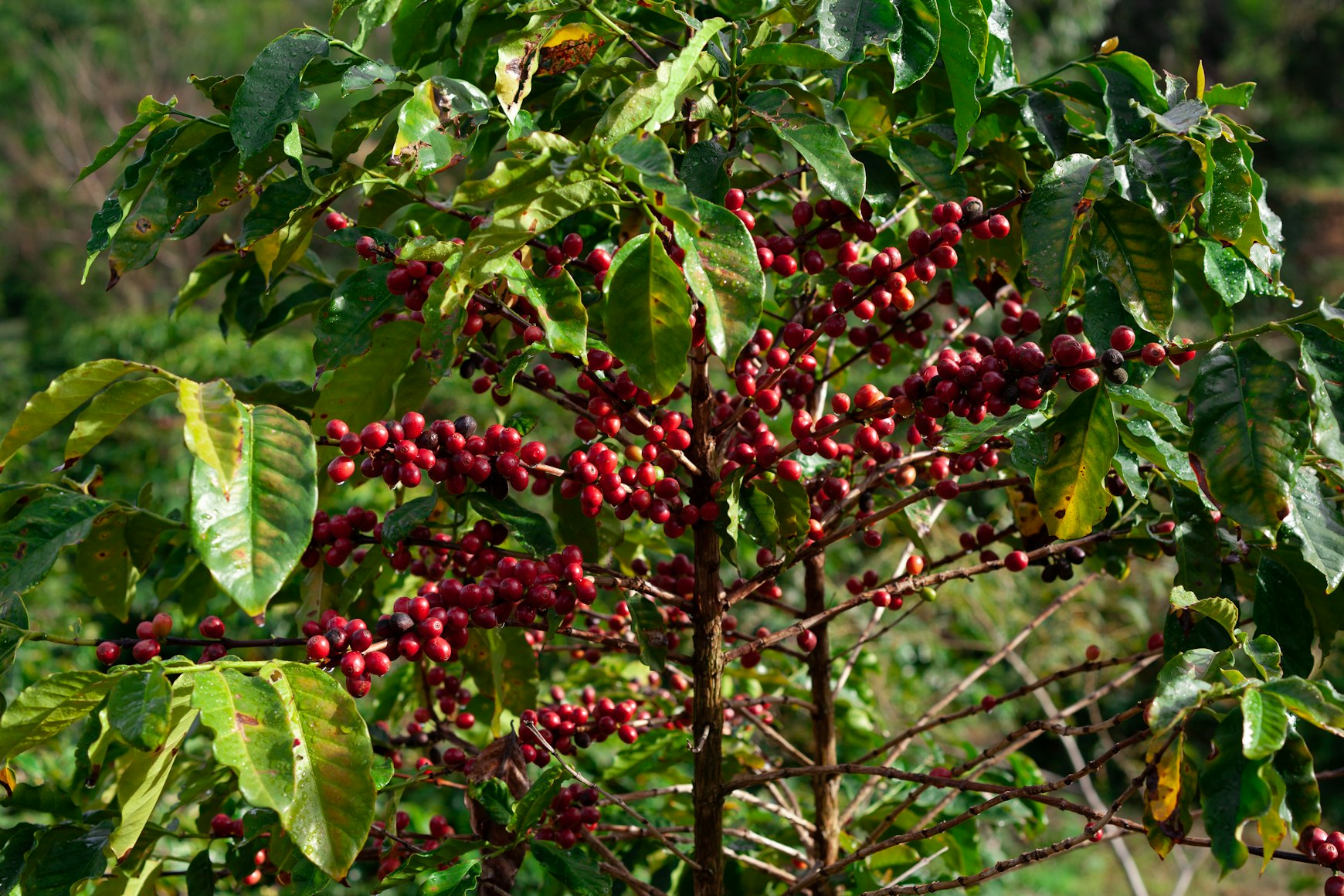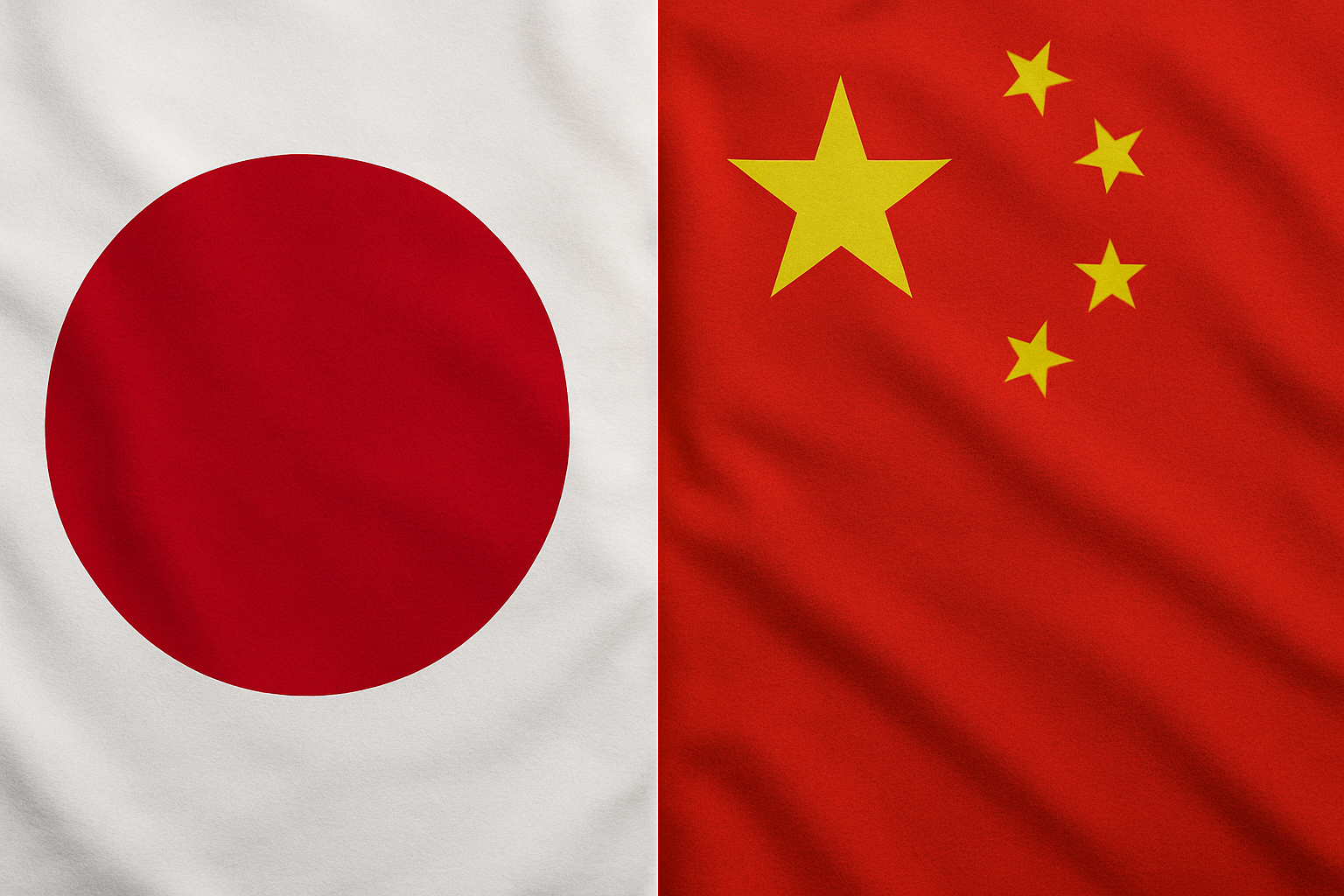
Background: U.S. Coffee Tariff Policy Shift
Washington has removed the 10% reciprocal tariff on most coffee imports. The decision, enacted by executive action in mid‑November, broadly exempts coffee from many producing countries, according to available reports from wire services and trade press. Reuters framed the move as eliminating tariffs on most coffee beans from nearly all origins, while trade press noted that “most coffee and tea imports are being removed from the tariff program.”
The change sits within a wider rollback covering over 200 food products, according to government and regional statements covered by Reuters and local officials. Peru’s trade minister, for example, described a U.S. exemption list that includes coffee among roughly 100 agricultural items relevant to Peru. The effect for coffee is straightforward: more origins now ship into the U.S. without the 10% add‑on that had raised landed costs.
Ripple effects: the shift alters price signals along the supply chain. Lower tariffs compress the spread between U.S. and global prices for non‑Brazil coffees. As a result, importers have more flexibility to diversify origin risk without a tariff penalty.
Brazil Faces Ongoing High Tariffs
Despite the broad rollback, Brazilian coffee remains subject to a 40% U.S. tariff. Brazilian officials and multiple reports have confirmed that only the 10% levy was lifted, the 40% duty persists. As one summary put it, “only the 10%… was scrapped, with a 40% duty remaining.”
AP reporting underscores the breadth of that 40% rate, which still applies to Brazilian coffee and some other products. Reuters aligned with this view, noting that Brazilian coffee “would still be tariffed 40%.” Therefore, the tariff differential survives, and it is large enough to move trade flows.
Impact on U.S. Coffee Industry
U.S. coffee roasters and importers are poised to benefit. Because most non‑Brazil coffees are now tariff‑free, beans from those origins should land at lower costs. One industry report called the decision “a boon for coffee roasters and importers in the U.S.”
Trade press captured reactions from industry bodies that “applauds… removal of reciprocal tariffs on most coffee imports.” Consequently, roasters gain room to rebalance blends and contracts. However, Brazilian beans remain disadvantaged by the 40% surcharge, which could limit their role in price‑sensitive segments.
Decline in Brazilian Coffee Exports
The market has already been adjusting. Reuters cited industry figures showing Brazil’s specialty coffee shipments to the United States fell sharply, down 55%, after the earlier tariff regime began. As one source put it, the “specialty coffee sector has seen shipments to the U.S. fall 55%… since tariffs started.”
That decline predated the latest easing for other origins. If the 40% duty holds, the gap between Brazil and its competitors may widen further in specialty niches. Therefore, Brazilian exporters face a tougher U.S. channel while they seek relief or alternative markets.
Brazilian Reaction and Broader Trade Effects
Brazilian officials called the partial rollback constructive, yet insufficient. Vice President Geraldo Alckmin said the remaining 40% tariff is still high. He also highlighted that “some products, such as orange juice, would now have a zero tariff.”
Officials added that a larger share of Brazilian exports now enters the U.S. without additional duties. The figure rose to “26% of Brazilian goods,” up from 23%, according to AP’s account of the government’s briefing. The direction is positive for Brazil’s broader export basket. However, coffee, one of Brazil’s flagship commodities, still faces a notable barrier.
Expected Shift in U.S. Coffee Sourcing
Analysts and industry officials expect buyers to adjust. In Reuters’ phrasing, “It is just a question of price adjusting the trade flows.” If differentials persist, importers will source more from origins that now enter duty‑free and less from Brazil.
In the broader European context, European roasters will watch New York–London spreads and origin arbitrage as U.S. buyers pivot. If U.S. demand pulls harder on non‑Brazil origins, Europe could see tighter availability or firmer basis levels for those same coffees. Conversely, surplus Brazilian coffee may target Europe more aggressively, potentially softening differentials there. If this pattern holds, European traders could face faster rotation in preferred origins and renegotiations of forward positions.
Ripple effects: Latin American and African origins that gained tariff relief may lock in longer U.S. contracts. Meanwhile, Brazil may redirect volumes to markets with lower barriers, such as the EU, North Africa, or East Asia. Over time, supply relationships can re‑anchor. If U.S. demand shifts, exporters will chase the best netbacks.
Implementation Details and Refunds
The tariff exemptions apply to U.S. entries on or after Nov. 13, 2025, beginning at 12:01 a.m. Eastern, according to trade press citing U.S. Customs guidance. Eligible importers may seek refunds on duties already paid, using post‑summary corrections or protests for qualifying entries.
These mechanics matter for cash flow and contract math. Refunds can retroactively improve landed costs on affected shipments. They also change incentive structures for timing purchases and clearing entries right at the effective date.
Strategic Outlook
If X holds, Y follows… If the 40% tariff on Brazilian coffee persists, U.S. buyers will keep shifting toward origins that now avoid the levy. That would entrench a two‑tier market for arabica and robusta in the United States. It would also sustain opportunities for Central American, Andean, and African suppliers newly free of reciprocal duties.
However, if the U.S. and Brazil reach a broader deal, the calculus changes. According to available reports, Brazil is pursuing negotiations on a separate track. Any agreement that cuts the 40% rate would narrow the price gap and could pull U.S. demand back toward Brazil.
Markets and governments are now interlinked in this story. The policy made coffee cheaper from most places, but it left Brazil in a penalty box. Therefore, the next diplomatic steps will determine whether today’s split market is a blip, or a new normal.
What to Watch
- Price spreads between Brazil and non‑Brazil origins in U.S. spot and forward markets.
- Whether European buyers see displaced Brazilian volumes and adjust blends.
- Customs rulings on refunds, which will influence importer strategies.
- Brazil’s negotiating stance and any interim relief measures, according to official statements.
Sources
- Reuters: Trump’s coffee tariff change helps US roasters, hurts Brazil
- AP News: Brazilian coffee, beef and tropical fruit will still be tariffed 40%, says Brazil’s vice president
- Reuters: Peru says new US tariff exemption includes about 100 food products
- Daily Coffee News (Roast Magazine): White House Offers Broad Coffee Tariff Relief; Brazil in Question

